October 29, 2025
Data Shows Endangered Palau Ground Doves Swiftly Recovering After Successful Palauan Island Conservation Effort
Astounding evidence of recovery on Ulong Island in Palau after just one year!
Published on
October 13, 2016
Written by
Sara
Photo credit
Sara

This conservation program aims to increase the Dibbler population and set the stage for future population building on the mainland.
A Dibbler (Parantechinus apicalis) is a small, carnivorous marsupial found in Western Australia and some of its offshore islands. Principle research scientist leading the Western Shield, Department of Parks and Wildlife conservation program, Tony Friend, said:
Their role in the environment is basically controlling invertebrates, but they have their own value, in the fact that they are a unique species.
The Dibbler is endangered and was even once believed to be extinct. It is threatened by invasive species like feral cats and foxes, and also suffers from habitat degradation. In an effort to stave off extinction and help the Dibbler population grow, scientists have released 35 individuals onto predator-free Gunton Island, Australia.

Scientists are using surveillance technology to monitor the Dibblers. Friend explained:
We put motion-activated cameras out on the island, and they have bait material based on peanut butter that the Dibblers investigate, and when they do that they trigger the camera. They are all microchipped, so we can identify individuals. We know how old each one is, when it was released and even who its mother was.
It is really about finding the right habitat and doing the right feral animal control.
Friend highlighted the importance and value of protecting native species:
I think as a species, we’ve done an immense amount of damage on this planet, and I feel very privileged to do work on threatened mammals and marsupials, because they are so special for Australia.
Islands have become highly valuable for such restoration projects. Conservationists have been turning to islands again and again to rebuild struggling populations and prevent extinction.
Featured photo: Gunton Island will provide a refuge for endangered dibblers. Photo credit: Emma Massenbauer
Source: ABC
Check out other journal entries we think you might be interested in.

October 29, 2025
Astounding evidence of recovery on Ulong Island in Palau after just one year!
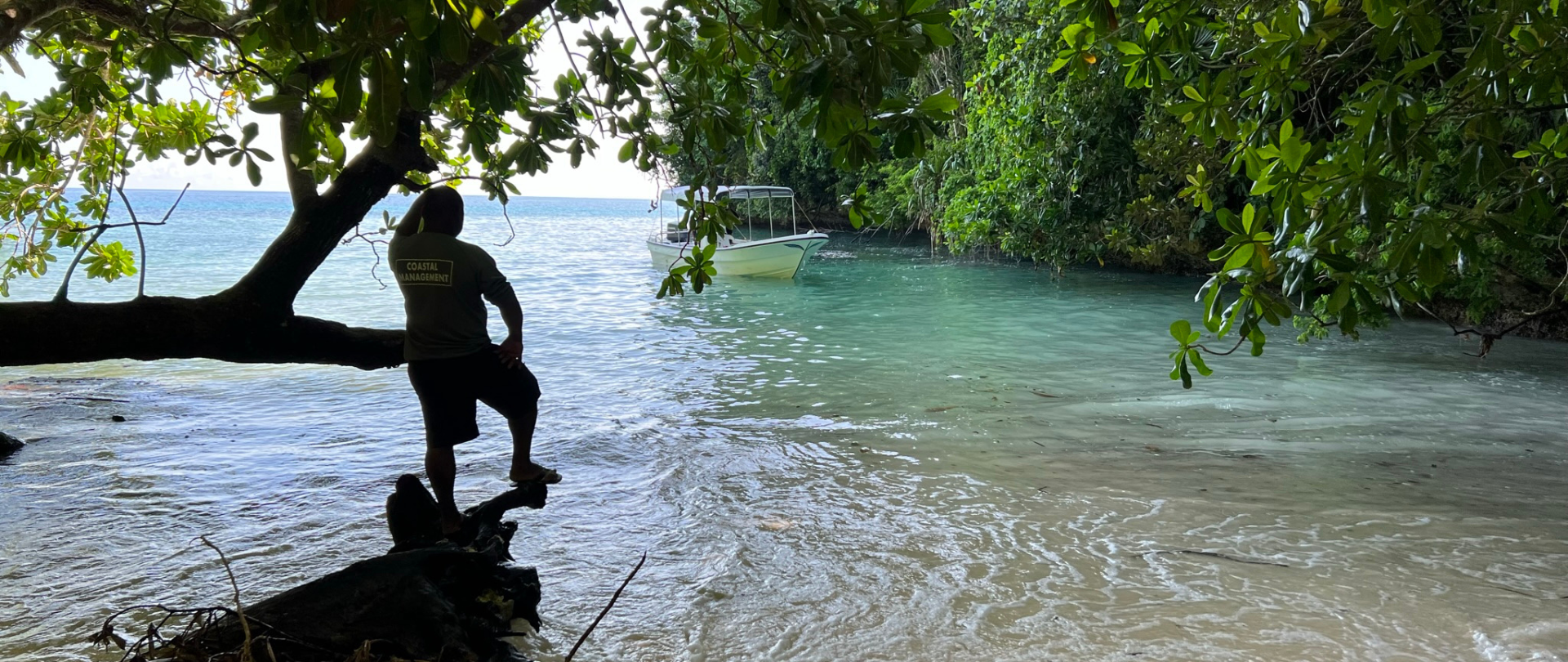
May 19, 2025
Read our position paper on The 3rd United Nations Ocean Conference (UNOC 3) to see why we're attending and what we aim to accomplish!
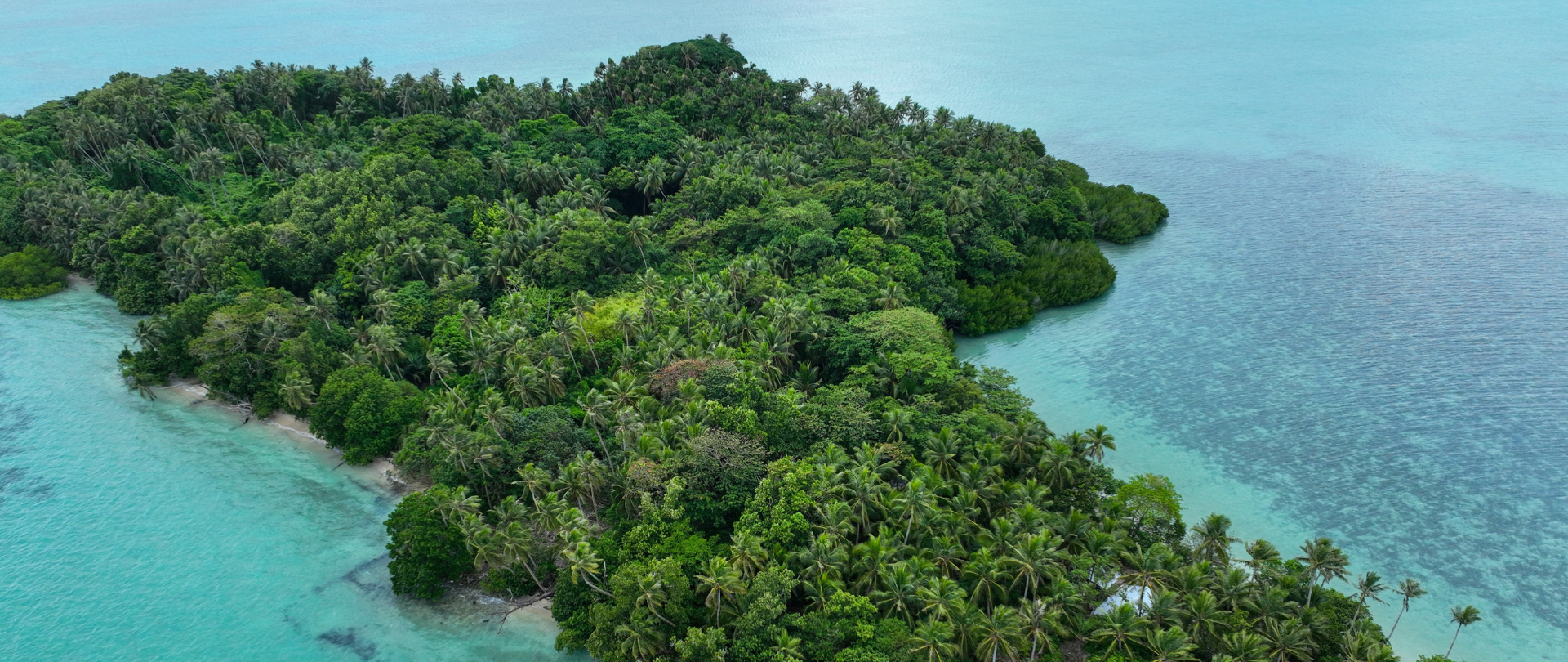
December 4, 2024
Ann Singeo, founder of our partner organization the Ebiil Society, shares her vision for a thriving Palau and a flourishing world of indigenous science!
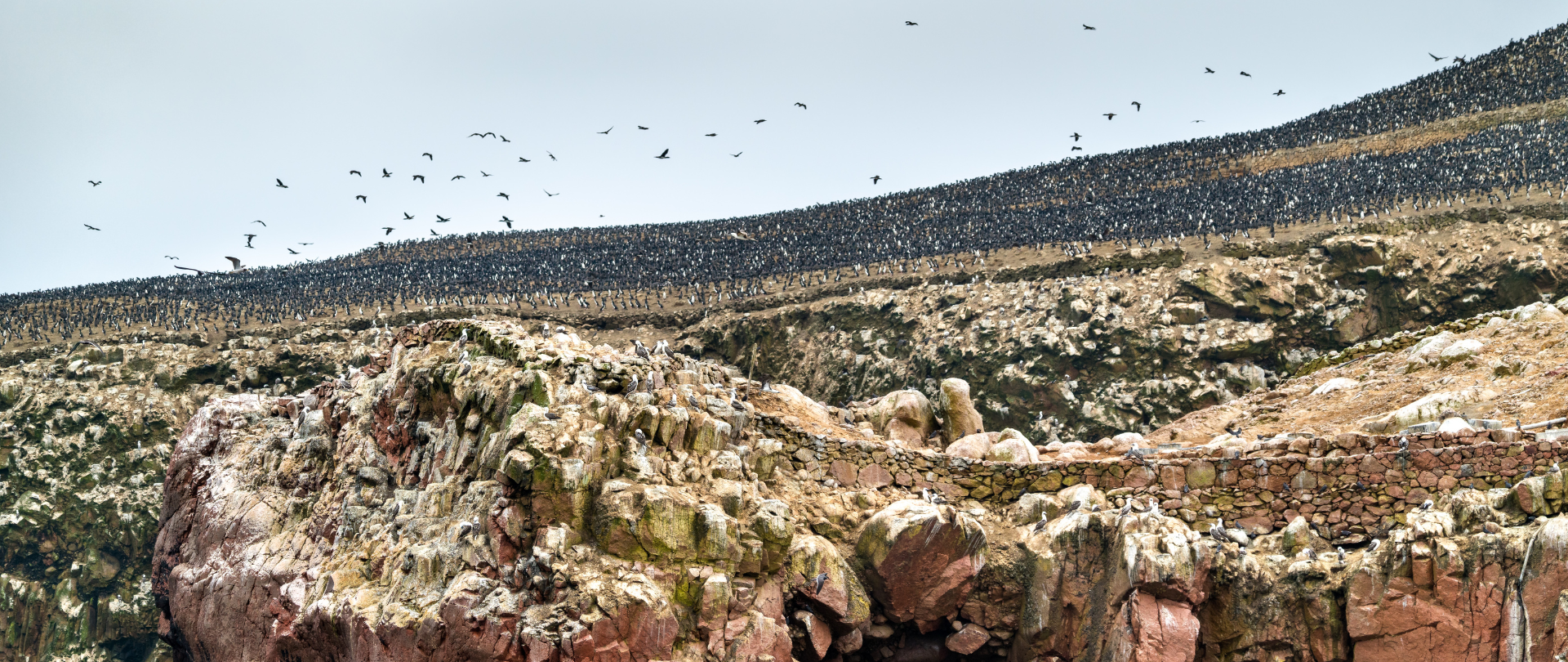
November 22, 2024
This historic agreement aims to protect the marine and coastal areas of the Southeast Pacific.
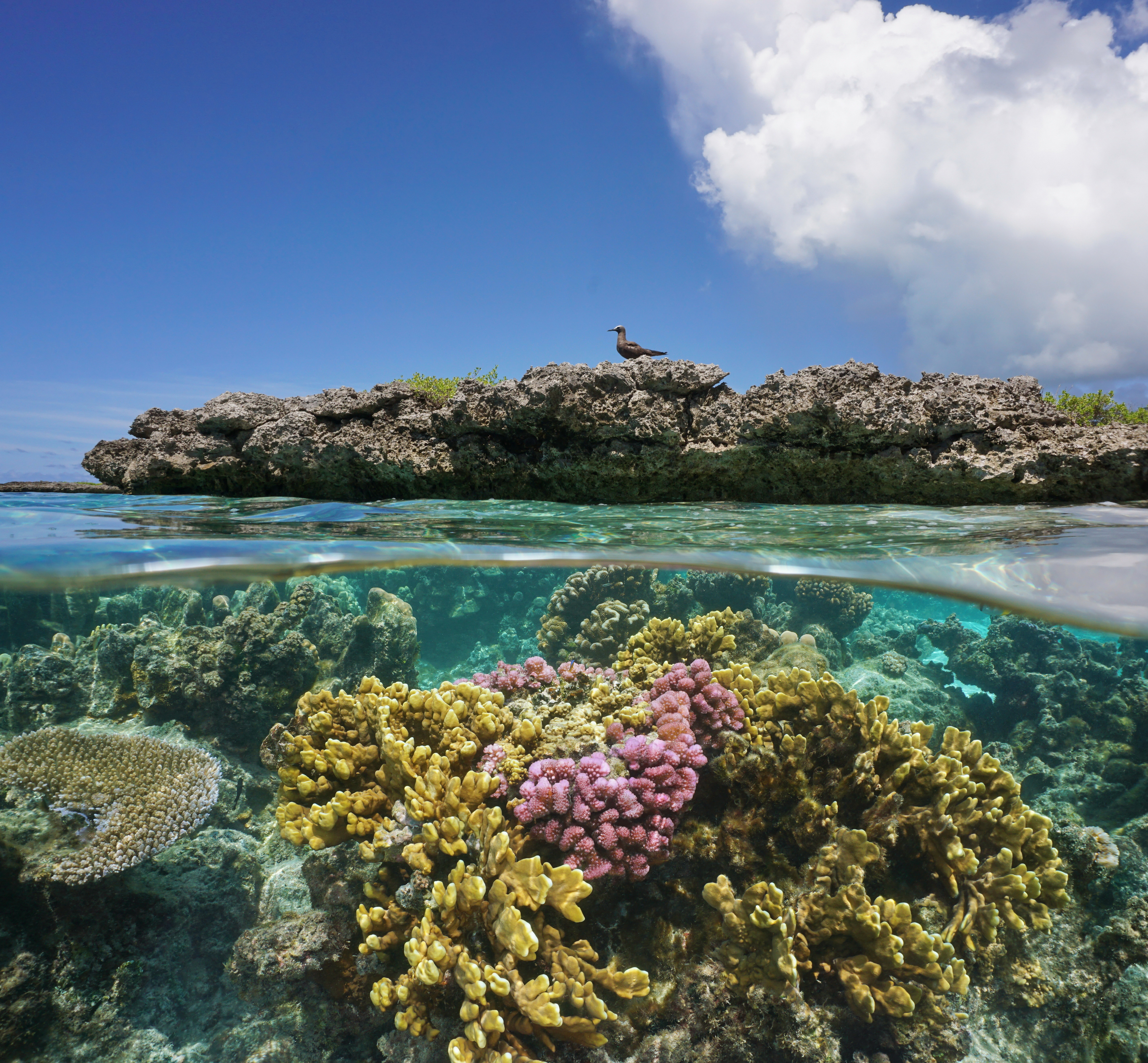
November 18, 2024
Our projects to restore key islets in Nukufetau Atoll forecast climate resilience and community benefits in Tuvalu!
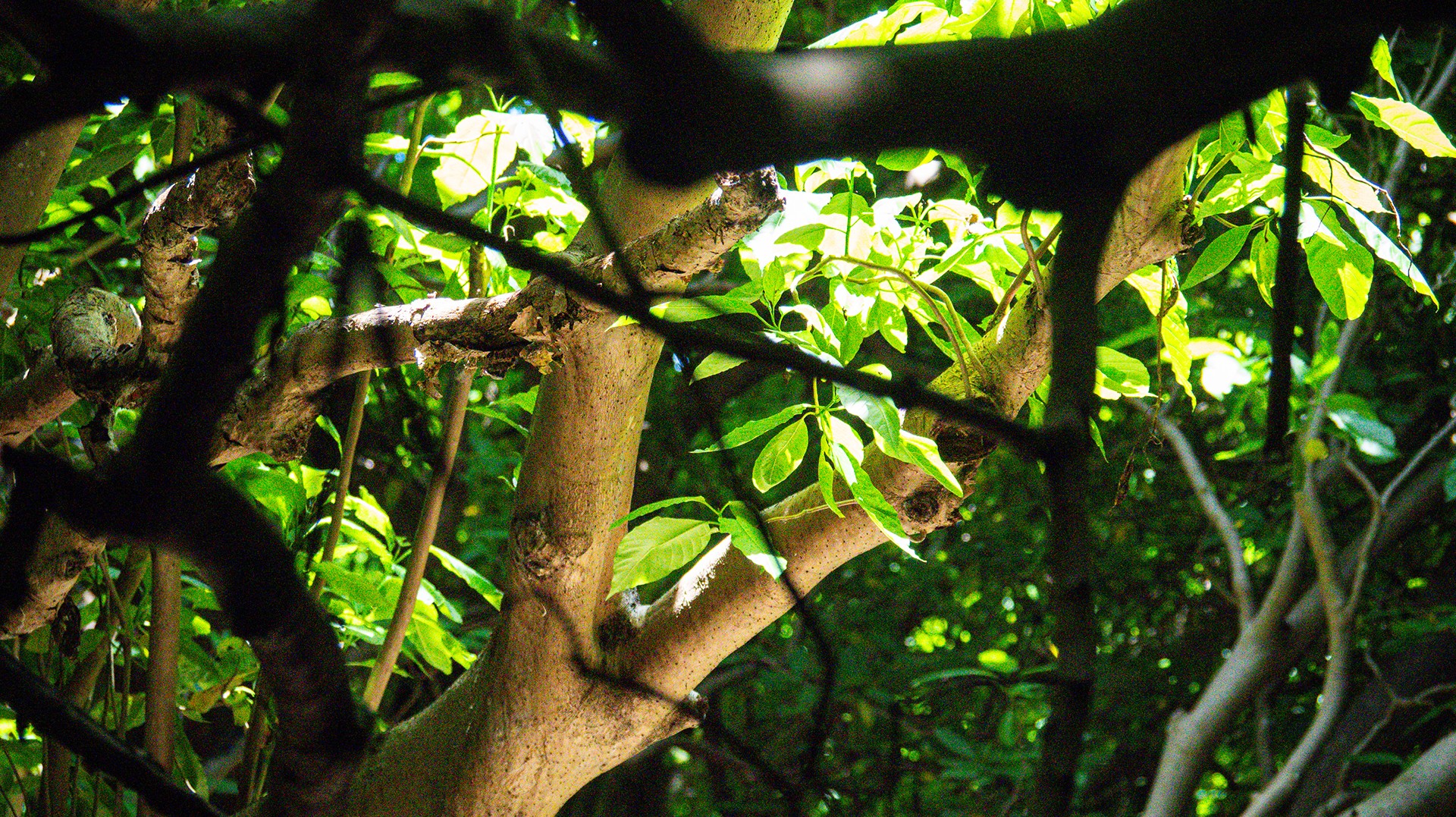
October 3, 2024
Island Conservation and partners have published a new paper quantifying ecosystem resilience on restored islands!
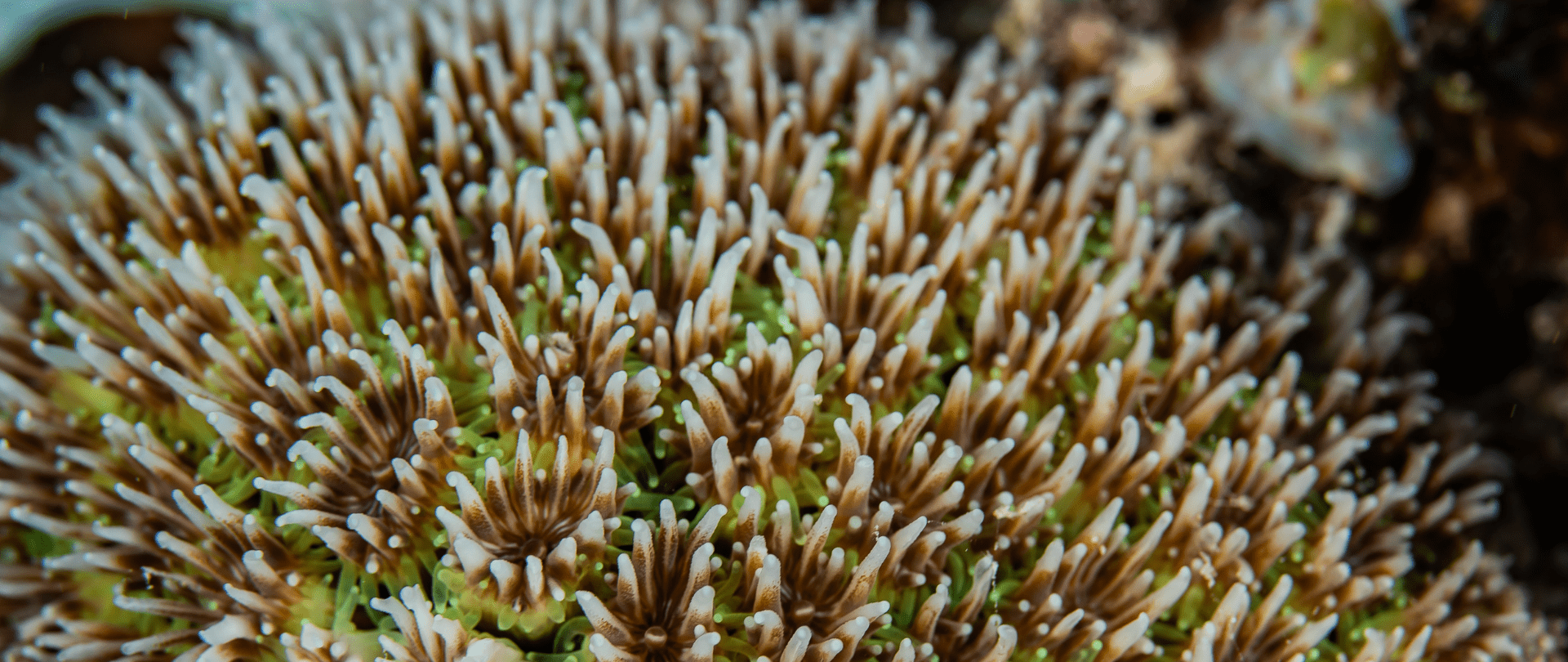
September 10, 2024
Climate Week NYC: what is it and why is it important? Read on to find out why Island Conservation is attending this amazing event!

September 5, 2024
With sea levels on the rise, how are the coastlines of islands transforming? Read on to find out how dynamic islands really are!

December 14, 2023
Join us in celebrating the most amazing sights from around the world by checking out these fantastic conservation photos!
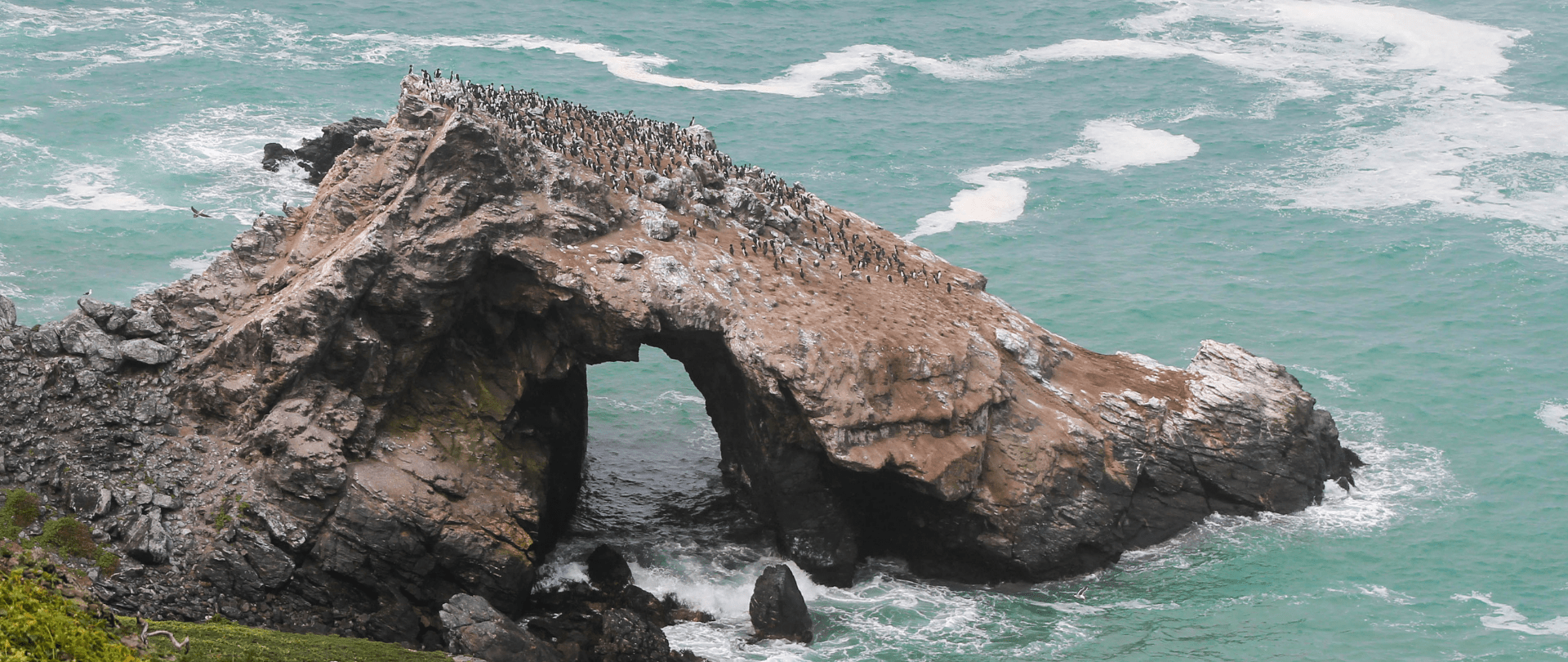
November 28, 2023
Rare will support the effort to restore island-ocean ecosystems by engaging the Coastal 500 network of local leaders in safeguarding biodiversity (Arlington, VA, USA) Today, international conservation organization Rare announced it has joined the Island-Ocean Connection Challenge (IOCC), a global effort to…